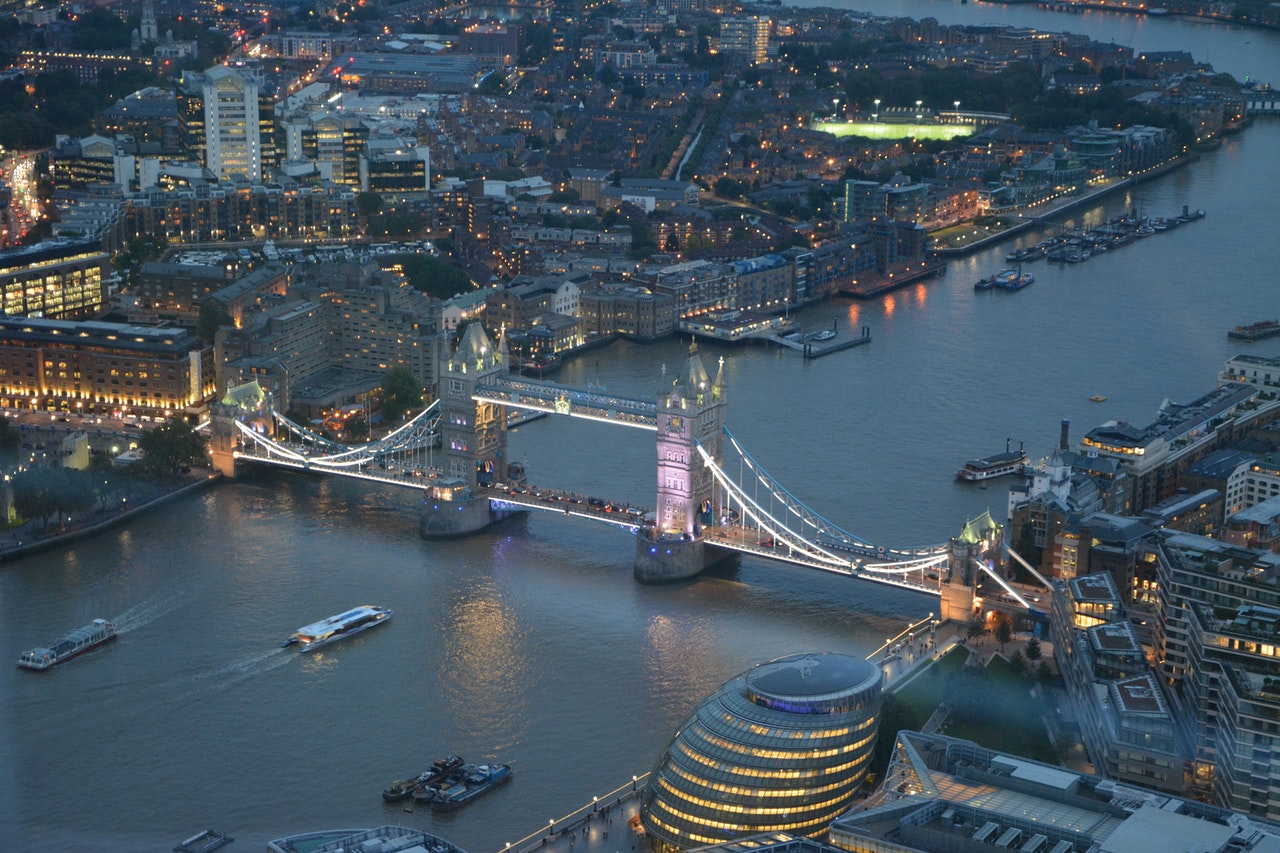Coronavirus lockdown is helping clean up London’s toxic air – with pollution on some busy roads halving as more residents walk and cycle.
Traffic in the capital has fallen since the Government told people to ditch non-essential journeys a month ago.
And nitrogen dioxide pollution in central London is down 40% on average as a result, according to City Hall data.
High levels of the toxic gas stunt the growth of children’s lungs, and are linked to heart disease and asthma.
Emerging evidence suggests it could also make coronavirus symptoms worse.
But nitrogen dioxide levels have fallen across the city during lockdown – down 48% on Marylebone Road and 47% on Oxford Street.
That’s on top of a 44% drop in central London before the restrictions, demonstrating the impact of the Mayor’s Ultra Low Emission Zone (ULEZ).
Introduced last year to reduce pollution on some of London’s worst hit roads, the ULEZ currently covers the same area as the Congestion Charge.
It is due to be expanded to the North and South Circular roads next year.
Sadiq Khan has temporarily paused ULEZ and Congestion Charge fees during the Covid-19 outbreak.
But compliance was high before lockdown – almost 80% of vehicles now meet the clean air standards for the zone, compared to less than 40% in 2017.
The Mayor said cleaner air as a side effect of lockdown “should not just be temporary”.
NOW READ: Transport for London to place 7,000 staff on furlough
He said: “Once the current emergency has passed and we start to recover, our challenge will be to eradicate air pollution permanently and ensure the gains we’ve made through policies such as ULEZ continue.
“It is critical that Government keeps this in mind as part of the country’s recovery from the pandemic.”
But London is still facing high levels of particulate pollution – tiny pieces of dust that can penetrate the blood stream when breathed in.
Elizabeth Fonesca, an air quality specialist at the Environmental Defence Fund Europe, said the “huge spikes” in particulates during lockdwon show that “a few weeks or months’ improvement of just one pollutant doesn’t make lung disease and other ailments disappear”.
Just half of London’s air pollution comes from traffic – emissions from homes and offices, and from the River Thames also play a significant role.
London Cycling Campaign spokesman Simon Munk said air quality improvements during lockdown were “quite amazing” – but warned of a possible bounce back when restrictions are lifted.
He said: “People don’t cycle if there are high speeds and high volumes of traffic around them.
“If London doesn’t do anything in terms of road use we’ll go back to where we were – and in fact more people than ever will use their cars because they won’t want to be on the Tube or buses.”
Mr Munk said London should follow the lead of cities across the world – including Bogota, Berlin, Denver and Milan – and “urgently” introduce temporary cycle lanes and widen pavements.
Hammersmith and Fulham has already announced plans to temporarily widen pavements to help with social distancing – and Hackney and Transport for London are considering similar steps.
Mr Munk said the crisis was “just the starting point of a process that we should already have been a long way along” for sustainable transport in the city.
Temporary pavement widening and cycle lanes could lead to permanent changes, he said.
He said TfL should make part-time bus lanes permanent and ban parking in them as a “quick win” – and councils should introduce more low traffic zones.
“Lots of Londoner are hearing birdsong for the first time and enjoying quiet residential streets,” he said. “This is a picture of how the future of London transport could be.”
For the latest headlines from the City of London and beyond, follow City Matters on Twitter, Instagram and LinkedIn.








